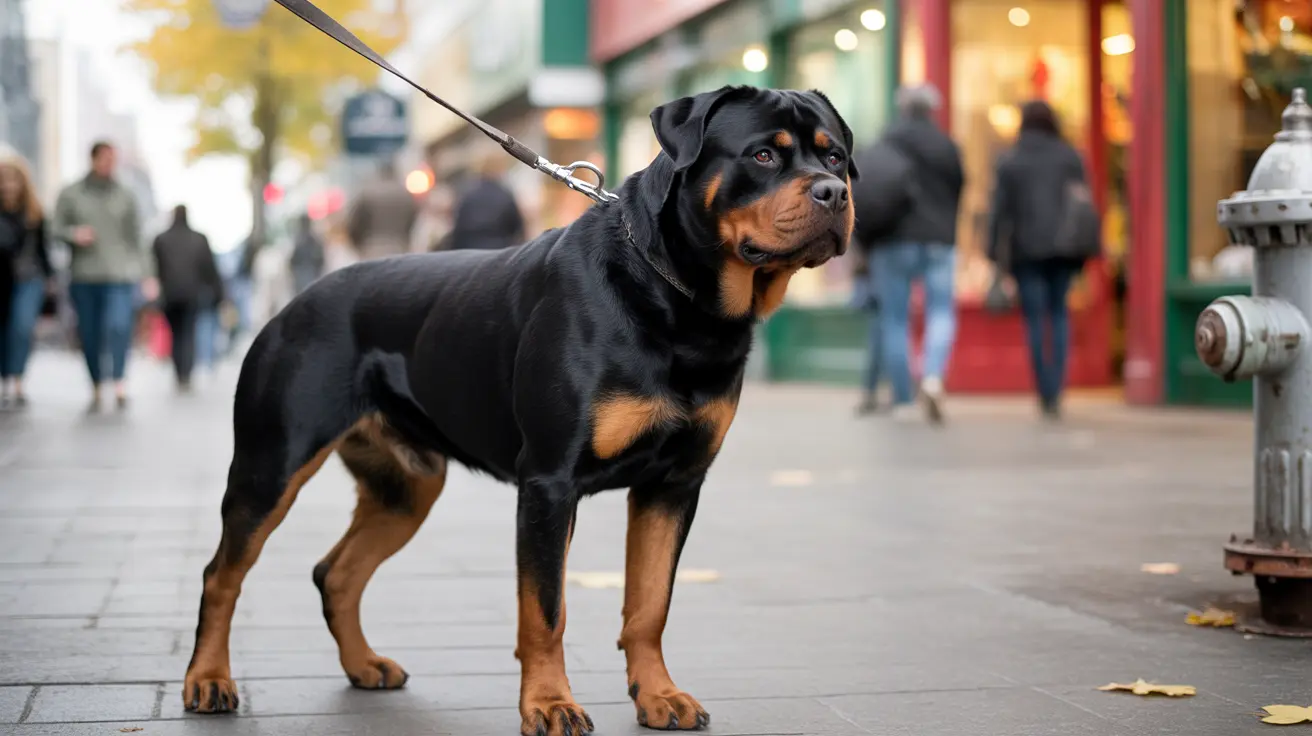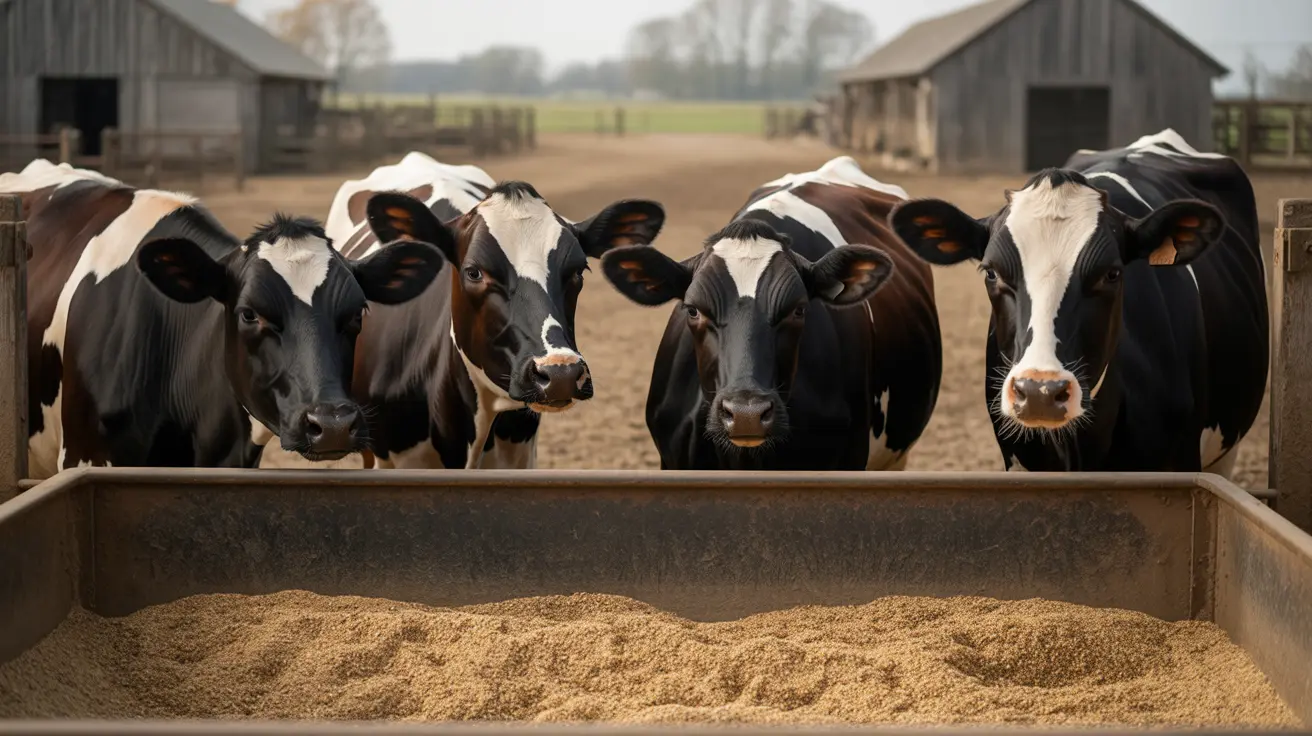Finding puddles of urine around your home can be frustrating and concerning, especially if your dog was previously house-trained. Whether it's a sudden change in behavior or an ongoing issue, understanding why your dog is peeing in the house is crucial for finding an effective solution.
In this comprehensive guide, we'll explore the medical and behavioral causes of indoor urination, help you identify warning signs, and provide practical solutions to address this common problem.
Medical Causes of Indoor Urination
Urinary Tract Issues
Urinary tract infections (UTIs) are among the most common medical reasons for indoor accidents. Dogs with UTIs typically show increased urination frequency, straining while urinating, and may have blood in their urine. Bladder stones and inflammation can cause similar symptoms and require immediate veterinary attention.
Systemic Health Conditions
Several underlying health conditions can lead to increased urination and indoor accidents:
- Diabetes mellitus
- Kidney disease
- Cushing's disease
- Liver problems
- Hormonal imbalances
Age-Related Factors
Senior dogs may experience cognitive dysfunction (doggy dementia) or mobility issues that make it difficult to maintain their house-training habits. Arthritis can make it painful to navigate stairs or move quickly to reach designated potty areas.
Behavioral Reasons for House Soiling
Stress and Anxiety
Changes in the household environment, such as moving homes, new family members, or schedule disruptions, can trigger anxiety-related accidents. Some dogs may urinate indoors when experiencing separation anxiety or fear of loud noises.
Marking Behavior
Both male and female dogs may mark territory inside the house, especially if they're not spayed or neutered. This behavior often increases when new pets are introduced or during times of social stress.
Training Issues
Incomplete house training or regression in training can lead to indoor accidents. This is common in newly adopted dogs or those experiencing significant life changes.
Warning Signs to Watch For
Pay attention to these red flags that may indicate a medical problem:
- Increased thirst and urination
- Straining or crying while urinating
- Blood in urine
- Accidents immediately after being outside
- Changes in appetite or energy levels
Prevention and Solutions
Medical Intervention
If you suspect a medical cause, schedule a veterinary examination immediately. Your vet may recommend:
- Urinalysis and blood work
- Appropriate medications or treatments
- Dietary changes
- Regular check-ups
Environmental Management
Create a supportive environment by:
- Maintaining consistent bathroom schedules
- Providing easy access to outdoor areas
- Using enzymatic cleaners on soiled areas
- Installing pet doors if appropriate
Behavioral Support
Address behavioral causes through:
- Positive reinforcement training
- Anxiety management techniques
- Professional behavioral consultation when needed
- Consistent daily routines
Frequently Asked Questions
Why is my house-trained dog suddenly peeing in the house?
Sudden changes in house-training habits often indicate a medical issue like a UTI, diabetes, or kidney disease. Schedule a veterinary examination to rule out health problems before addressing potential behavioral causes.
What medical conditions can cause a dog to urinate indoors?
Common medical causes include urinary tract infections, diabetes, kidney disease, bladder stones, hormonal conditions like Cushing's disease, and age-related cognitive dysfunction.
How can I tell if my dog's indoor peeing is due to health problems or behavioral issues?
Look for symptoms like increased thirst, straining while urinating, blood in urine, or changes in energy levels, which suggest medical causes. Behavioral causes often correlate with changes in routine, environment, or stress levels.
What should I do if my dog starts having accidents in the house after being outside?
First, rule out medical issues with a veterinary visit. Then, evaluate your dog's outdoor bathroom routine, ensuring they're actually eliminating outside and not just exploring. Consider extending outdoor time and reinforcing positive bathroom habits.
How can I stop my dog from marking or peeing inside due to stress or change in routine?
Address the underlying stress through consistent routines, positive reinforcement, and gradual adaptation to changes. Consider using pheromone diffusers, maintaining regular exercise schedules, and consulting a professional behaviorist for persistent issues.
Remember, house soiling is a common but solvable problem. With proper diagnosis, consistent management, and patience, most dogs can return to reliable house-training habits.






